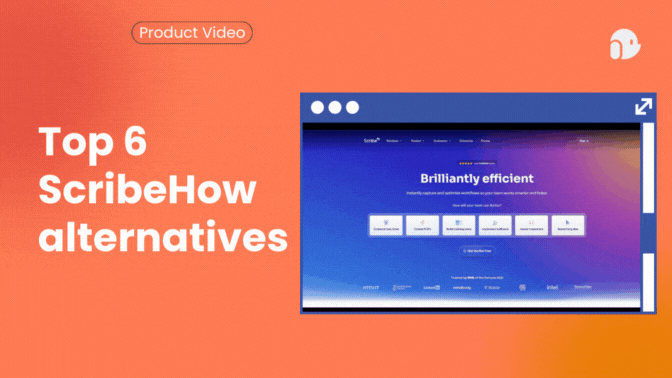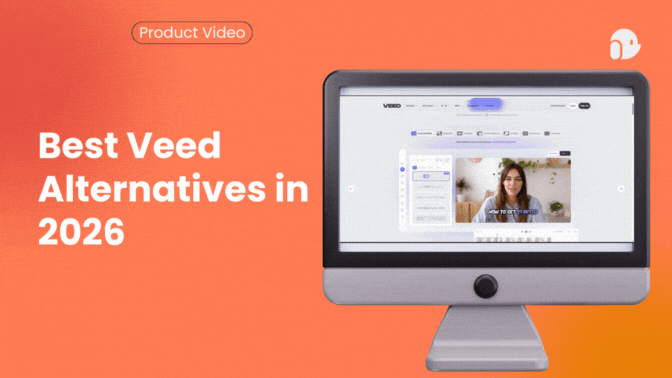What Are On-Demand Demo Solutions? A Complete Guide
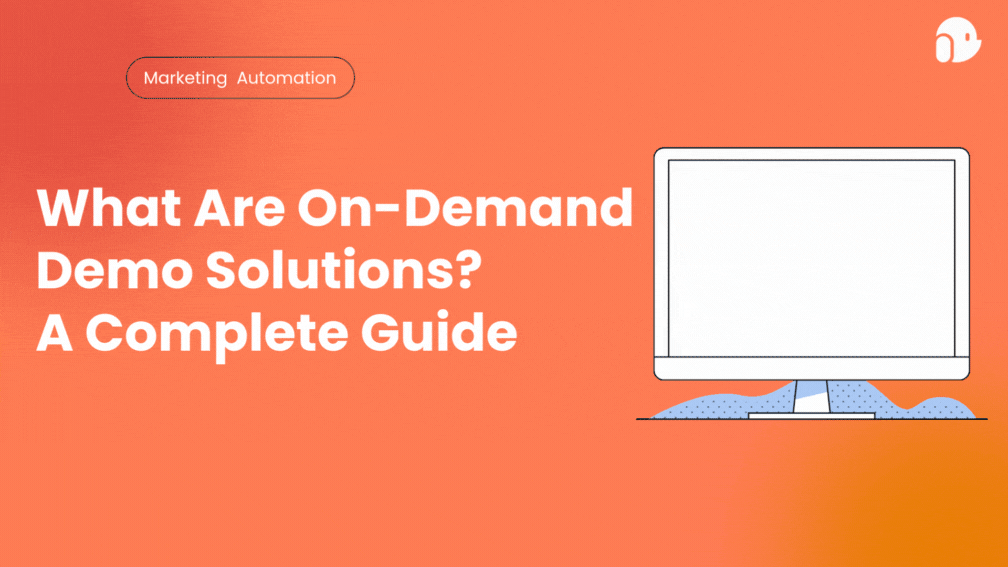
B2B buying has fundamentally changed. Modern buyers now expect the same autonomy and 24/7 access they experience in consumer environments. Rather than waiting for scheduled calls, they want to explore solutions at their own pace, when and where it suits them. More importantly, they expect proof, not promises. This makes traditional live demos increasingly difficult to scale and often too slow for fast-moving opportunities. In response, on-demand demo solutions have emerged as a scalable way to give prospects “hands-on” product access, without requiring real-time involvement from the sales team.On-demand demos don’t replace pre-recorded video content, they extend it, enabling prospects to take the next logical step once they’re ready to go deeper
What Are On-Demand Demo Solutions?
On-demand demos are automated, self-service product experiences that prospects can access anytime, from any device. Unlike pre-recorded videos, they are interactive and personalized, more like a “test drive” than a passive presentation. Buyers can click through key features, explore industry-specific use cases, and follow customized paths based on their role or needs. These experiences enable companies to “unleash expertise on demand,” guiding each stakeholder through an engaging walkthrough without needing to book a live call.
How On-Demand Demos Work (Mechanics)
Most on-demand demos follow a structured lifecycle:
1. Content Capture – Teams record product flows, collect screenshots, or upload existing walkthroughs.
2. Interactive Assembly – Content is organized in a drag-and-drop editor, where branching paths, hotspots, and CTAs are added to build a logical journey.
3. Personalization & Distribution – Dynamic variables (e.g., name or use case) are applied, and links are embedded in emails, landing pages, and campaigns.
4. Analytics & Optimization – Engagement data (views, feature clicks, time spent) is collected to refine follow-up and continuously improve the experience.
The result is a scalable, personalized demo that prospects can access whenever they're ready, moving them forward in the buying journey on their own terms.
Benefits & Business Impact
On-demand demos create measurable value across multiple teams:
Sales – Accelerate sales cycles by allowing buyers to self-educate early. Engagement data improves lead prioritization and win rates.
To dive deeper into how interactive demos directly impact revenue generation and pipeline velocity, check out our article on how interactive demos drive SaaS revenue.
Marketing – Turn static “Get a Demo” CTAs into interactive experiences that increase conversion and capture intent signals.
Presales / Solutions – Scale technical expertise and eliminate repetitive early-stage walkthroughs so presales teams can focus on high-value opportunities.
Customer Success – Use the same demos for onboarding and feature adoption, reducing churn and driving expansion.
Pre-recorded video content still plays a vital role in awareness and education, especially when prospects are looking for a fast, visually compelling snapshot of the product before diving deeper
Overall, automated demos reduce resource dependency, increase consistency, and transform product engagement data into actionable insights.
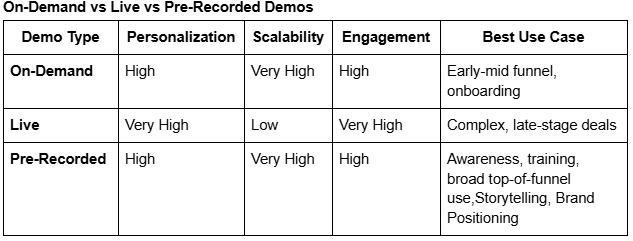
On-demand demos complement, not replace, live walkthroughs. The most effective GTM teams use on-demand demos for broad reach and qualification, and live sessions for deeper, real-time conversations.
When produced well, recorded demos are highly engaging, visually polished and ideal for conveying core messaging at scale. They’re also widely used in nurture campaigns, ads and knowledge bases.
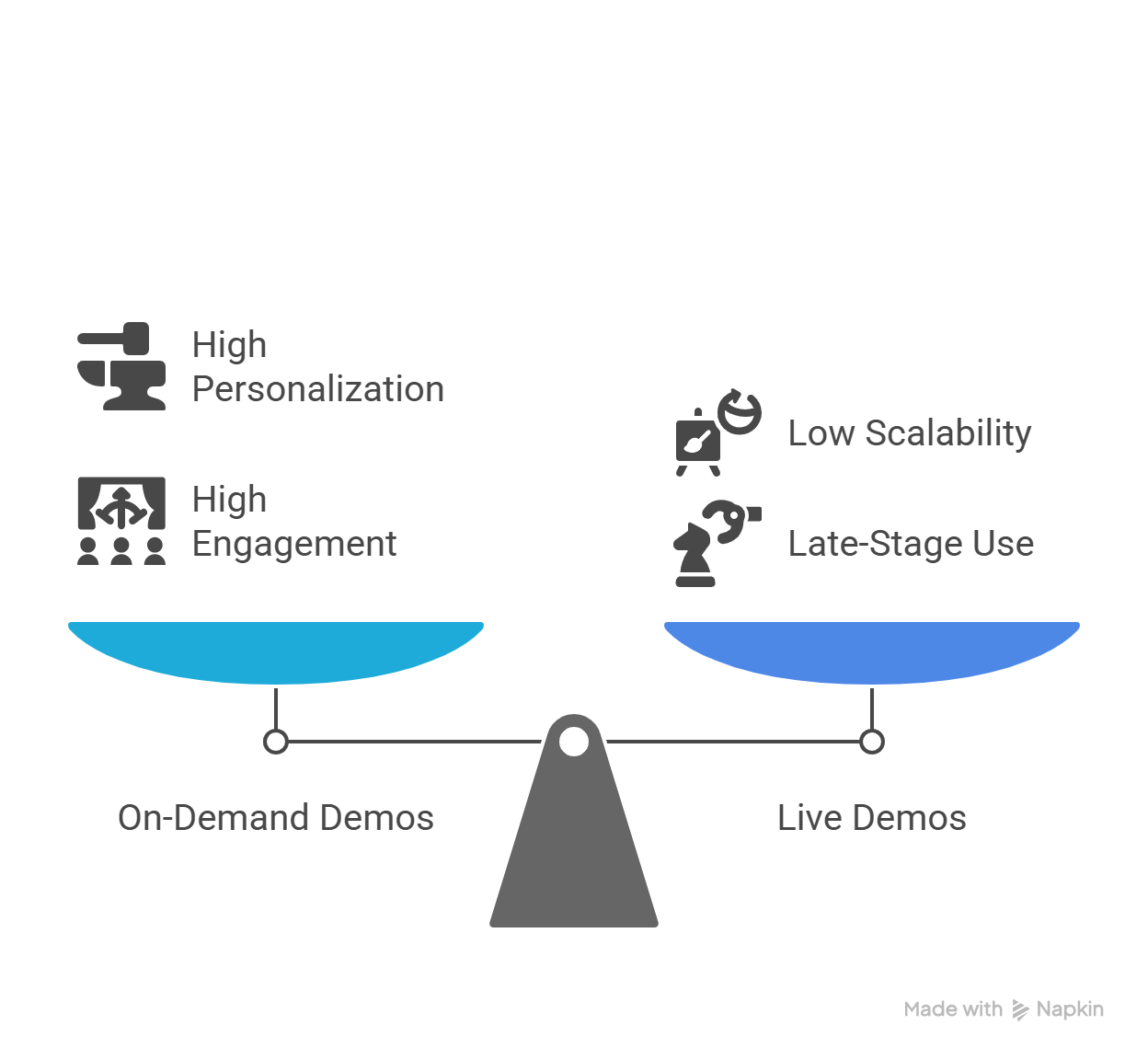
Types of On-Demand Demo Solutions
The category includes a variety of formats, such as:
- Interactive video demos
- Self-serve product tours
- Sandbox / simulated product environments
- AI-assisted walkthroughs
- Interactive onboarding demos
Each format serves a different use case. The right fit depends on your target audience and where the demo will be used within the buyer journey.
Best Practices for Implementing On-Demand Demos
- Personalize with intent – Tailor paths by role, use case, or industry to deliver relevant experiences.
- Use short, modular demos – “Micro-demos” focused on specific value points perform better than long general walkthroughs.
- Design for self-guided exploration – Use clear navigation and subtle guidance (tooltips, CTAs) to keep users moving.
- Iterate with data – Track engagement and continuously refine the demo for higher impact.
For a more detailed breakdown of the key metrics you should track and how to analyze demo performance, read our guide on analyzing your demo performance and the metrics that matter.
Conclusion
On-demand demo solutions are more than a convenient alternative to live demos, they are a strategic asset that enables product-led growth, scalable lead qualification, and data-driven selling. By giving buyers instant access to interactive product experiences, businesses shorten sales cycles and build trust from the very first click.
Ready to experience it for yourself? Start your free trial
FAQs
Q1. Are on-demand demos only useful in the awareness stage?
Not at all. While they’re highly effective for early-stage education and lead qualification, on-demand demos can also be used in the middle of the funnel (champion enablement) and even for post-purchase onboarding or feature adoption.
Q2. Do on-demand demos replace live demos entirely?
No. They complement live demos. On-demand demos are ideal for scalable, self-guided exploration, while live demos are still essential for deep, real-time conversations during late-stage or complex deals.
Q3. How much technical effort is required to build an on-demand demo?
Most modern demo platforms offer intuitive, no-code editors. This means GTM teams (marketing, sales, customer success) can create and update demos without relying heavily on engineering resources.
Further Reading & Reference
- From Click to Close: How Interactive Demos Drive SaaS Revenue – A closer look at how self-service product experiences accelerate pipeline and improve conversion rates.
- Analyzing Your Demo Performance: Metrics That Matter – A practical guide to tracking the right demo engagement signals and turning them into actionable follow-ups.
- Harvard Business Review – The Surprising Power of Online Product Experiences – Research-backed insights into why autonomous product exploration leads to higher trust and faster decision-making in complex B2B sales.
Gartner – Product-Led Growth: When the Product Becomes the Sales Motion – Industry commentary on how interactive product experiences are becoming central to modern GTM strategies.

Sarah Thompson is a storyteller at heart and Business Developer at PuppyDog.io. She’s passionate about creating meaningful content that connects people with ideas, especially where technology and creativity meet.




